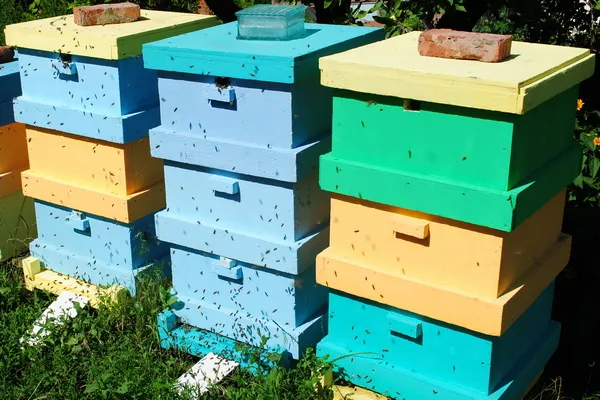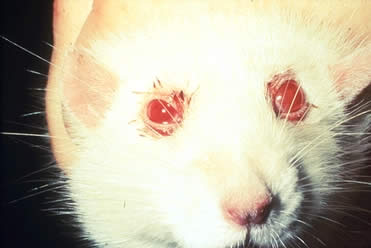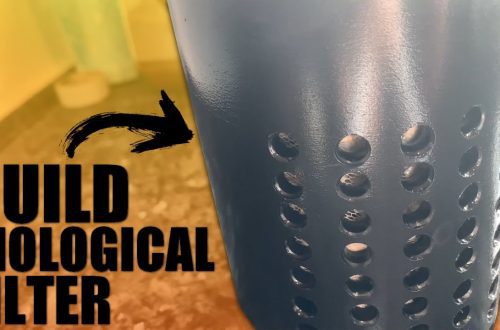
Do-it-yourself polystyrene beehive, advantages and disadvantages
Every beekeeper strives to constantly improve his apiary. He carefully selects modern drawings and materials to create a home for bees. Do-it-yourself beehives made of polystyrene foam are considered modern hives. This material is lightweight and thermally conductive. Despite the fact that polystyrene foam structures are very popular among beekeepers, not everyone will be able to make them with their own hands.
It is worth noting, however, that conservatives still insist on the use of wooden beehives because they are considered natural. But there is no perfect material, any material has advantages and disadvantageswhich are important to consider during operation.
Contents
- Benefits of Styrofoam hives
- Features of houses for bees made of polystyrene foam
- The use of polystyrene beehives in the spring
- Cons of Styrofoam hives
- Wintering and transfer of polystyrene beehives
- Choice of tools and material
- Styrofoam hive manufacturing technique
- Characteristics of Finnish polystyrene beehives
- Reviews of beekeepers about polystyrene beehives
Benefits of Styrofoam hives
- This material will make a durable, quiet and clean home for bees.
- Expanded polystyrene will protect the hives from the winter cold and summer heat. You can make the shells the same and swap them around all the time.
- The disadvantage of wooden hives is that they have a large number of allowances, but Styrofoam hives do not have such a problem. In addition, they are moisture resistant, do not crack, they do not have such problems as knots, chips and flares that prevent bees from developing.
- Styrofoam houses for bees are made of lightweight collapsible construction.
- Such a house will become a reliable protection of bees not only from cold and heat, but also from the wind.
- Pay special attention to the fact that polystyrene does not rot. Therefore, insects will always have a stable microclimate in the house.
- It will be easy for the beekeeper to work with this material, with it you will be able to implement all the methods of beekeeping.
- The advantages of this design include the fact that it can be made by yourself, and subsequently, if necessary, repaired. Structural drawings are simple. In addition, hives made of this material are a fairly economical option.
Features of houses for bees made of polystyrene foam
The walls of the housing housing for bees are particularly smooth, they are white and do not require additional insulation with pillows and canvases. Experienced beekeepers especially recommend the use of polystyrene foam hives in the warm season, when bees have large bribes. The letok opens wide, this allows air to enter the entire dwelling, and therefore it will be easy for the bees to breathe in all the streets.
But for wet and cold weather, it is imperative to make special bottoms with which you can adjust the entrance barriers.
Modern beekeepers do not use cotton, rags and homemade wooden blocks to reduce tapholes. Firstly, they are difficult to use, and secondly, birds can pull out cotton wool.
The use of polystyrene beehives in the spring
In a dwelling made of polystyrene foam, insects can fully develop. Despite the fact that the material has sufficient density, in the spring it passes the amount of sunlight necessary for the bees. This allows the bees to fully maintain the desired temperature for the development of the brood.
The advantage of these hives is their low thermal conductivity. Bees in such a dwelling will spend a minimum amount of energy, while in a wooden hive they will use much more energy. Beekeepers know that the apiary is productive when heat losses are minimized, so less food and, as we have said, bee energy will go away.
Cons of Styrofoam hives
- The inner seam cases are not very strong.
- Cases are difficult to clean from propolis. In wooden houses, beekeepers disinfect with a blowtorch, but this cannot be done with polystyrene foam. You will need special chem. substances that can harm the bees, they can also damage the house itself. Some beekeepers prefer to wash their hive with alkaline products such as sunflower ash.
- The styrofoam body is not able to absorb water, so all the water ends up at the bottom of the hive.
- Comparison with wooden cases showed that polystyrene foam hives are able to influence the activity of bees. The bees begin to eat more food. When the family is strong, up to 25 kg of honey is needed, and for this, ventilation should be increased. In this way, you will get rid of high humidity and reduce the temperature in the nests so that these factors do not bother the insects, and they consume less food.
- This house is suitable for weak families and layering.
- Due to the fact that the entrances cannot be regulated, bee theft may occur, the microclimate will be disturbed in cold weather, or rodents may enter the hive.
Wintering and transfer of polystyrene beehives
You can easily carry such hives to those places where you need to. However, the disadvantage here is that they are hard to attach. For fastening, use only special belts. For greater stability of the hull and to protect against wind blowing, it is necessary to use bricks.
Wintering in polystyrene foam hives is better in the air, so the spring overflight is early. Bees are able to build up strength and collect the right amount of honey. During the winter period, you should not resort to the help of special pillows and heaters.
Choice of tools and material
In order to make your own hive-lounger, you you will need the following materials:
- pencil or felt-tip pen;
- self-tapping screws;
- glue;
- stationery knife;
- metal meter ruler;
- screwdriver;
- if there is a lot of propolis in the nests, it will be necessary to purchase special plastic corners (they are usually used for finishing work), they are glued into the folds.
It is extremely important to do all the work carefully, because. polystyrene foam distinguished by its fragility. The process of making a beehive from Styrofoam will not be difficult if you are armed with all the necessary tools. Make sure that the clerical knife is very sharp. You will need self-tapping screws 5 and 7 centimeters long.
A special mesh for ventilation must be installed in the bottom of the hive. It is also extremely important that it be strong and match the dimensions of the cell, i.e. was no more than 3-5 mm. Here you will find aluminum mesh, which is used for car tuning.
Styrofoam hive manufacturing technique
In order to make a polystyrene foam hive with your own hands, you drawing must be used, perform all markings with a ruler and felt-tip pen or pencil.
Take the knife and draw it along the intended line several times, while maintaining a right angle is important. Continue until the slab is cut through. Similarly, prepare all the necessary blank material.
Lubricate the surfaces that you plan to glue with glue. Press them firmly and fasten them, keeping in mind that this must be done with an indent of 10 cm.
As we already mentioned, your bee house easy to make by hand, however, for this it is imperative to use a drawing, make all measurements as accurately as possible, and also take into account right and flat angles. If you leave a small gap between the walls of the housing, light can enter the gap and the bees can gnaw through the hole or create another notch. Remember: manufacturing must be as accurate and accurate as possible.
Characteristics of Finnish polystyrene beehives
Finnish hives have long become popular, because. they have the following advantages:
- lightness – they have a weight not exceeding 10 kg, and a tree – 40 kg, so nothing will prevent you from transporting the beehive without hindrance;
- these hives are warm, you can use them even in 50-degree frost, they will protect insects from both cold and heat;
- hives are resistant to moisture, they do not crack and do not rot;
- have high strength;
- equipped with increased ventilation, so when the main flow occurs, the nectar dries quickly due to full ventilation;
- polystyrene foam hives are stable and reliable, have a collapsible design, so you can easily get rid of worn out parts;
- hives are environmentally friendly.
Finnish house for bees must be equipped with the following items:
- Rugged housing that has yellow trims. All cases are made with the same width and length, differ only in height. Any frames are suitable for different cases.
- Yellow strips that help to maintain hygiene, thus, the cases are reliably protected from a large amount of propolis.
- Aluminum mesh on the bottom of the case. The bottom also consists of a notch, a square ventilation hole, and a landing board. The grid serves as protection against insects, rodents and wreckers. It will also help you get rid of excess moisture.
- Lid for extra ventilation. The lid itself is made in the form of a small tunnel. When the temperature exceeds 28 degrees, it must be turned over.
- A special dividing grid, which will serve as an obstacle for the uterus and will not let it into the body with honey.
- The propolis grate located in the upper part of the body will help you to remove the hive and clean it without any problems.
- Plexiglas feeder, which is necessary for feeding bees with sugar syrup.
Reviews of beekeepers about polystyrene beehives
Beekeepers with many years of experience claim that Finnish hives is a universal, modern, convenient and practical design, the shape of the body and its low weight are especially convenient.
However, some beekeepers complain that a lot of sunlight enters the hive, that the body cannot be painted, because. expanded polystyrene has increased sensitivity to the solvent. It has also been observed that the moth larvae make their moves, and, as we have already said, this hive cannot be disinfected with a burner.
Many beekeeping enthusiasts claim that these houses are warm, moisture resistant, others, on the contrary, that a large amount of mold and dampness accumulate in them.
In European countries, Styrofoam beehives highly valued, where beekeepers claim they are durable. In Europe, a tree with a large number of disadvantages has not been used for a long time.







